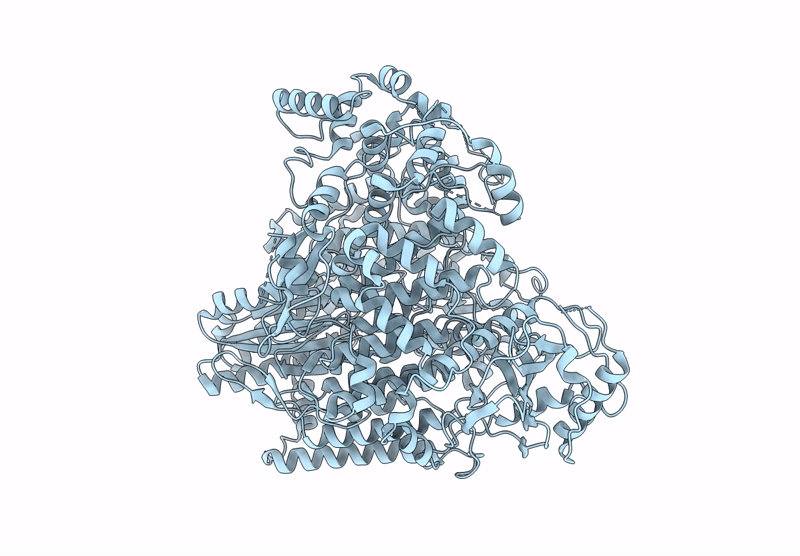
Deposition Date
2025-04-08
Release Date
2025-11-12
Last Version Date
2025-11-12
Entry Detail
Biological Source:
Source Organism:
Rift valley fever virus (STRAIN ZH-548 M12) (Taxon ID: 11589)
Host Organism:
Method Details:
Experimental Method:
Resolution:
3.50 Å
Aggregation State:
PARTICLE
Reconstruction Method:
SINGLE PARTICLE


